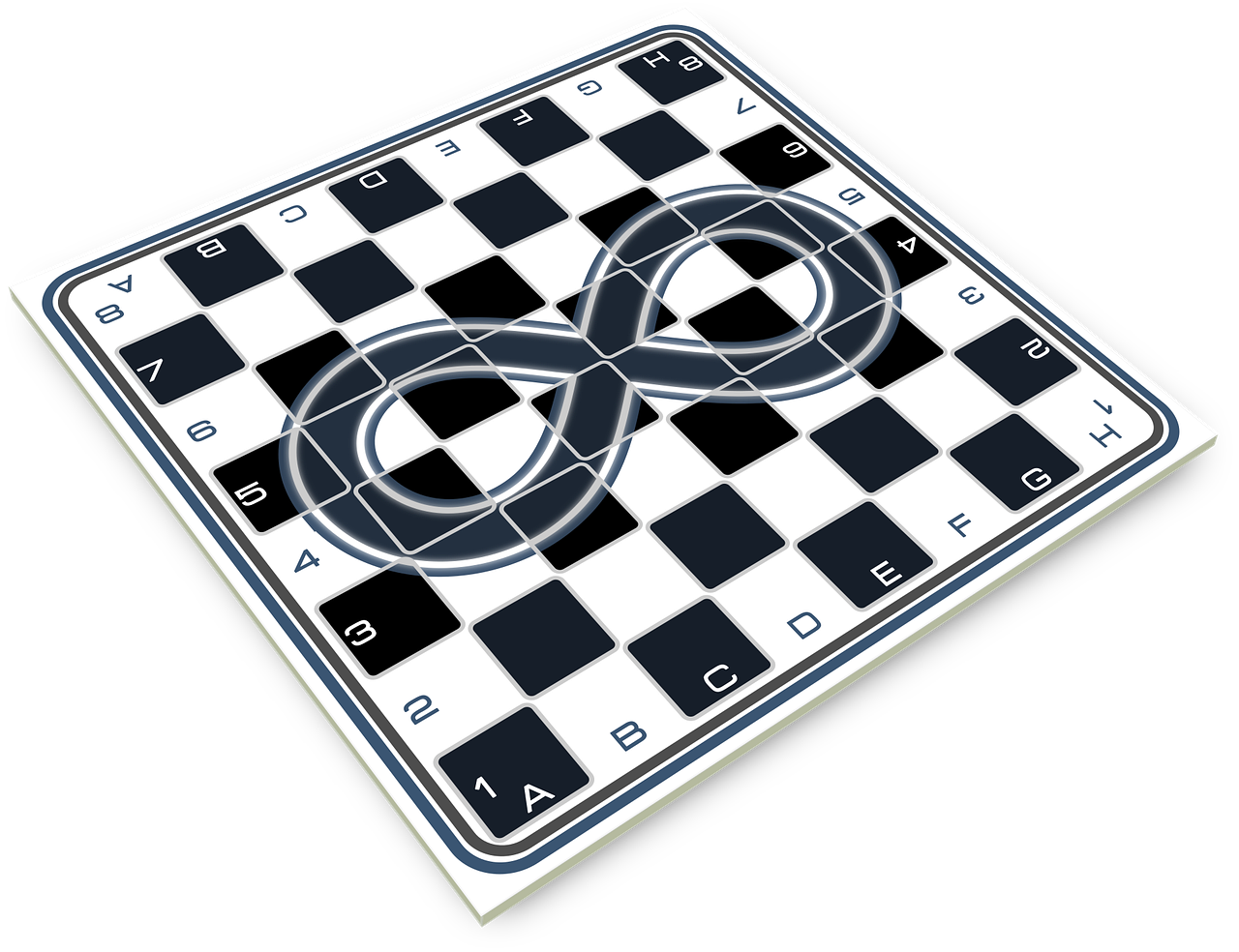

In the Game of Threes, players gather tokens. There are four kinds of tokens: lead, bronze, silver, and gold. Bronze tokens are \(10\) times more valuable than lead, silver tokens are \(10\) times more valuable than bronze, and gold tokens are \(10\) times more valuable than silver.
In the game, whenever you have three of the same kind of token, you can trade them for one of the next most valuable token.

The goal is to get as many of the most valuable tokens as possible. For example it would be better to have \(1\) gold token than \(20\) lead tokens, since gold tokens are \(10 \times 10 \times 10 = 1000\) times more valuable than lead tokens.
Suppose you start out with \(2\) lead, \(1\) bronze, \(2\) silver, and \(1\) gold tokens, and on your next turn you gather \(1\) more of each type. After making the best possible trades, how many lead, bronze, silver, and gold tokens would you have?
Suppose you start out with \(43\) lead tokens. After making the best possible trades, how many lead, bronze, silver, and gold tokens would you have?

Themes: Algebra, Computational Thinking